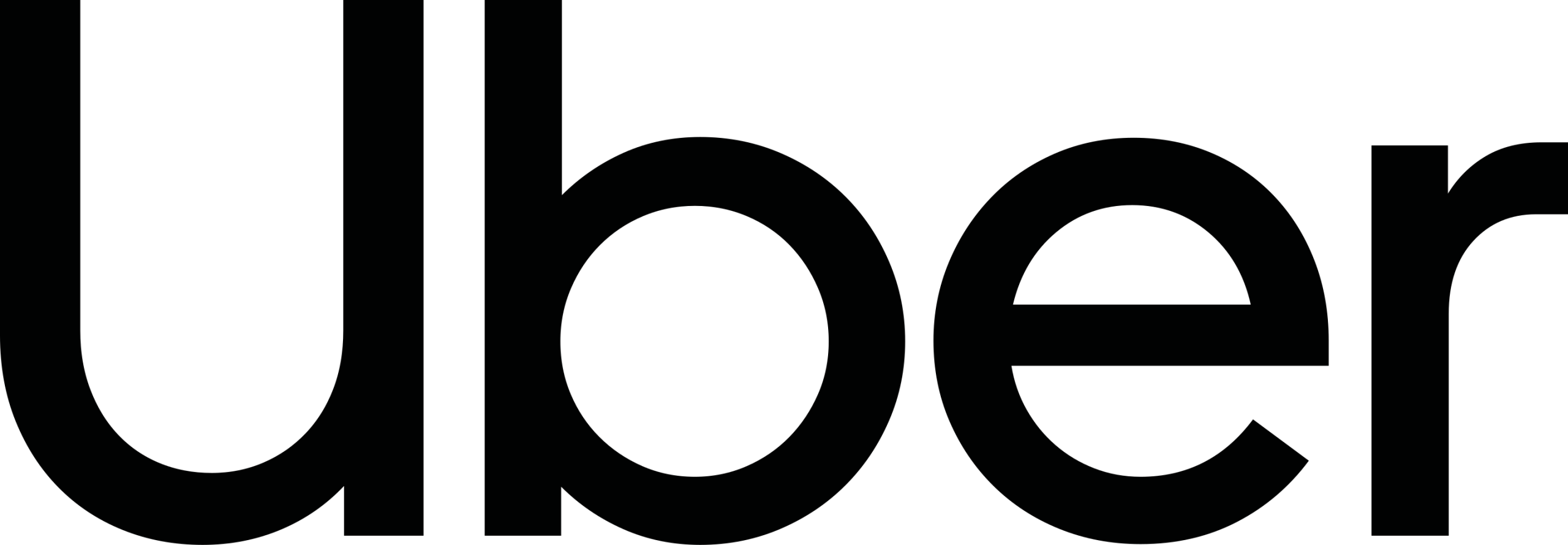Top 10 Carmaker Automates Compliance to Focus on Innovation
Cars today aren’t just vehicles — they’re sophisticated mobile computers packed with semiconductors, as dependent on code as on fuel. Carmakers rely on a steady stream of over-the-air software updates to fix issues, boost capabilities, and add new features.
When the United Nations passed a law regulating those updates, the company faced a huge computing challenge. Regulation 156 requires carmakers to:
- Employ a software update management system, or over-the-air updates (OTA), that records the details of every update.
- Bake in cybersecurity from the ground up.
- Document testing and certification of every new feature
The company sells more than half a million cars a year, and every vehicle receives hundreds of updates annually. There was no way its existing data infrastructure — anchored by a relational database built on a rigid schema that resisted rapid changes— could meet the demands of Regulation 156.
“All the data existed in our systems, but we needed a way to rapidly collect and present it to an external authority,” explains a system architect from the company.
The carmaker chose Neo4j Graph Database to power its software update management system and streamline compliance with Regulation 156 — so that it could automate compliance and get back to driving automotive innovation.
“No other technology was capable of doing this the way Neo4j could,”
Discovering a More Flexible, Powerful Way to Surface Insights
To generate timely reporting on every software update, the company’s data team would need to run many complex ad-hoc queries on the relevant data. Its traditional relational database management system (RDBMS) wasn’t performant enough to answer so many questions so quickly.
The carmaker was also facing other challenges with its relational database management system (RDBMS). When the company’s business application changes, which happens fairly often, they have to refactor the schema of the relational database, which can require a significant amount of time.
“Applications would need to be rewritten every six to seven months, every time you needed to add something new,” says the system architect. “With that approach, it would have taken a lot of effort and investment to try to glean the necessary update history from our data.”
Enter Neo4j graph technology, where data entities are stored as nodes, which are connected by relationships. Those relationships can be queried extremely quickly, and it’s easy to add data because entity definitions are flexible — there is no rigid schema.
These capabilities had the potential to transform the carmaker’s business.
Refactoring Roadblocks Reduced by Automating Compliance
“Neo4j has allowed us to be far more flexible with refactoring,” observes the company’s system architect. “That translates into an easier time rolling out updates in our cars but also, crucially, an easier time accessing and understanding the data needed to comply with regulatory requirements.”
With its applications and new software update management system running on Neo4j, the team can finally add new features without refactoring applications or rebuilding its database. This new capability has significantly sped up the company’s software release cycle.
Now, the carmaker can rapidly query relationships within its data, which allows it to produce the regular reporting required by Regulation 156. The team saves time using
the Neo4j GraphQL Library to quickly develop any APIs needed to support ad-hoc compliance queries. Front-end developers can use those APIs to query data in Neo4j without having to learn a new query language.
The streamlined compliance process has reduced stress and freed up more time for strategic work.
“You can’t put a price on the peace of mind from knowing we’ve effectively automated this element of necessary compliance,” says the system architect. “And it gives us time back to innovate.”
Looking Ahead to a Graph-Powered Digital Twin
The carmaker is now partnering with Neo4j to build a digital twin: a staging platform where data from software updates and other sources can be melded and tested in a safe, virtual environment. Its goal is to minimize the need for road testing and streamline the development of new features and systems.
“I think graph was the central source of truth we were always looking for,” concludes the system architect. “It enables us to consolidate so much information and so many processes, breathing new life into how we work. I’m excited to see how the solution we’ve created and the new use case keeps us at the forefront of automotive innovation.”
Get in Touch
Curious about the kinds of insights graph technology could unlock for your organization? Chat with a graph expert today.
